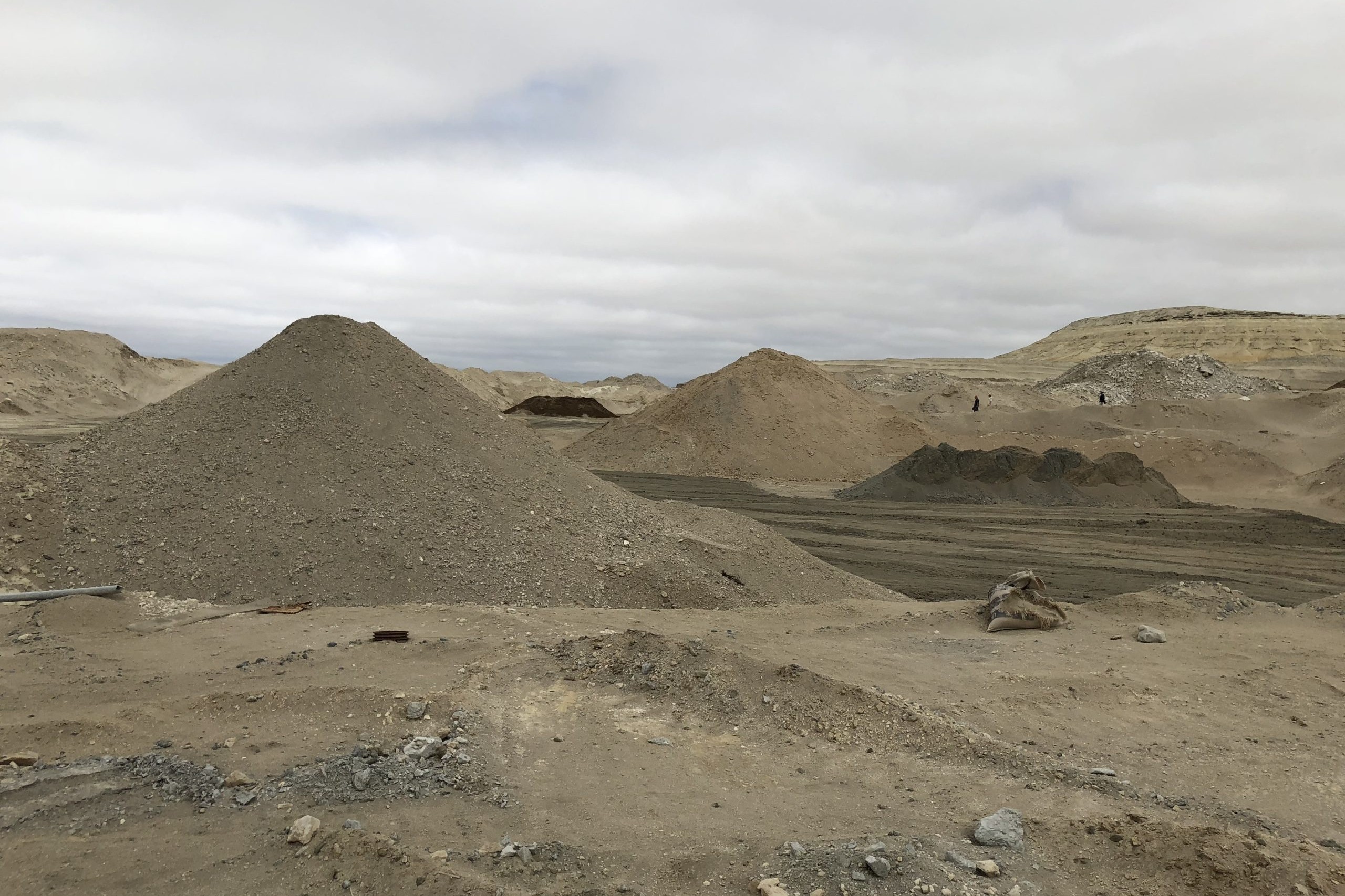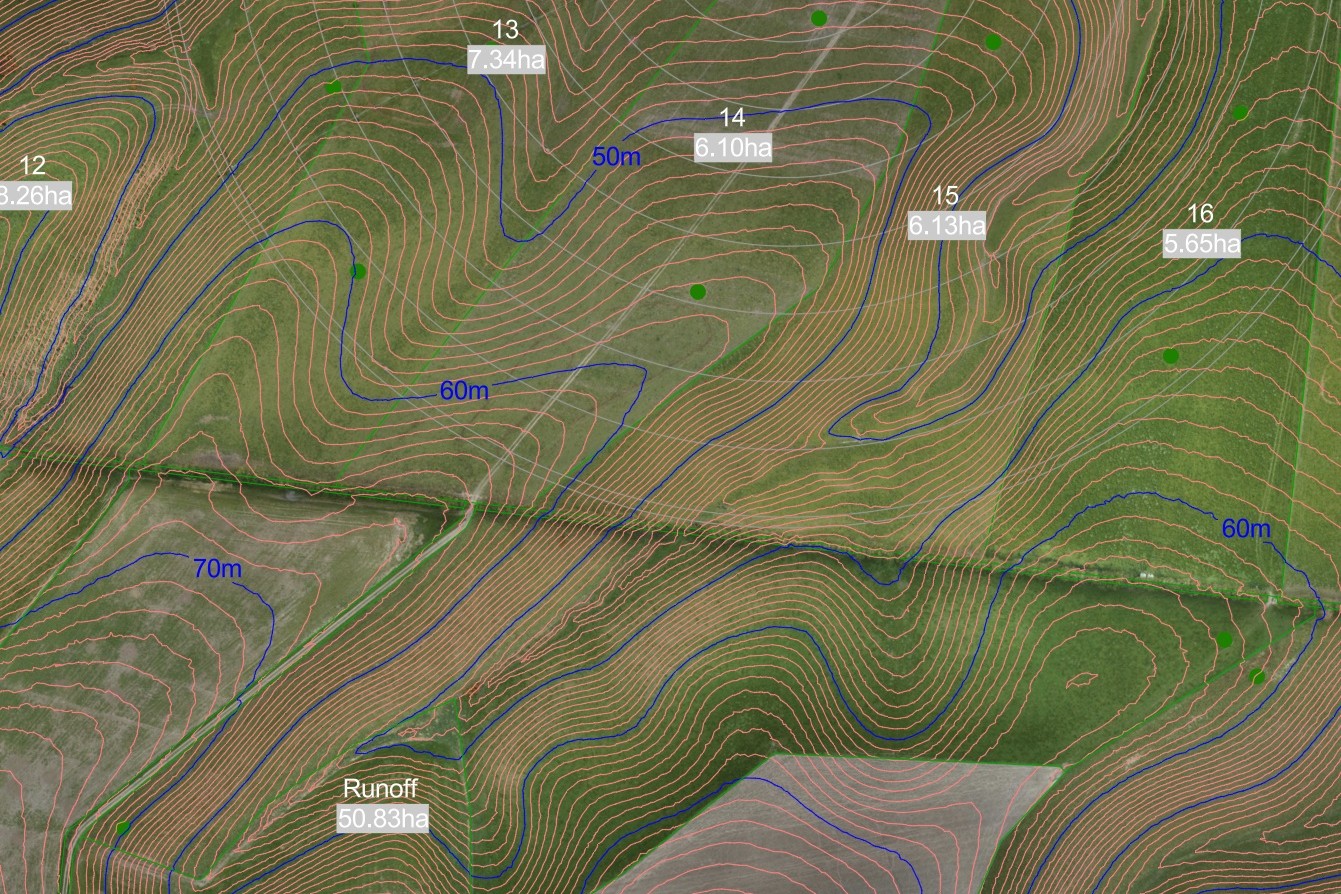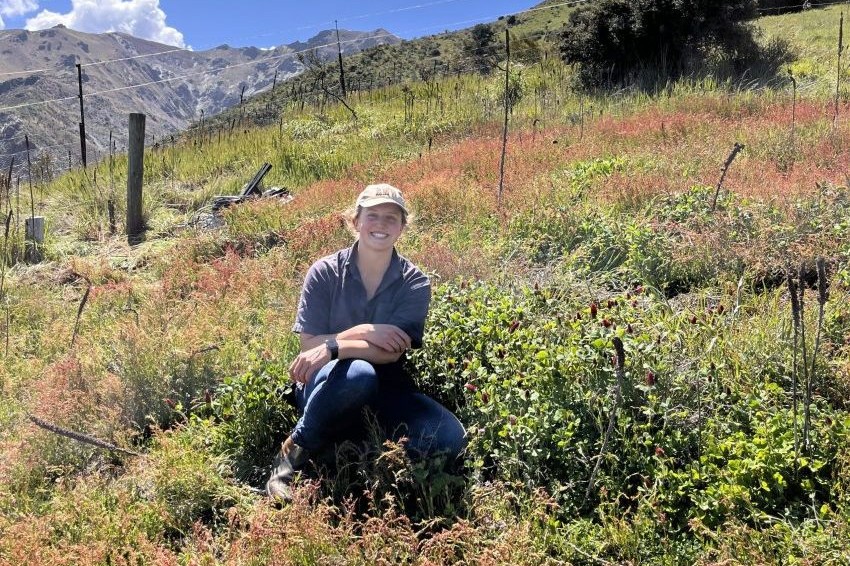RPR’s rocky road
Not so long ago RPR was seen as the new fertiliser saviour, but science and experience has shown it to be less of a success than first predicted and promoted. By Dr Doug Edmeades.

The phosphorus (P) in most phosphate rocks (PR) is not plant-available – it must be chemically treated with acid to convert the P into a plant-available form. In New Zealand this is done by treating carefully chosen PRs with sulphuric acid, making water-soluble P plus soluble sulphate S. However, it was realised in the early 1990s that some PRs were sparingly soluble – they did not require treatment with acid to make the P plant available. Thus came the idea of direct application of reactive phosphate rocks (RPR), by-passing the need for any manufacturing.
RPRs were introduced into the New Zealand fertiliser market in the mid-1980s, coinciding with the removal of fertiliser subsidies, and with a claim they were cheaper than superphosphate as a source of P, and agronomically equivalent to super – in other words a kilogram of P from super was equivalent to a kilogram of P for RPR. They were strongly promoted by new, emerging start-up companies and enthusiastically purchased by farmers.
At the time I was national science leader of the Soils and Fertiliser Group in the old Research Division of the Ministry of Agriculture & Fisheries, which morphed in 1992 into the Crown Research Institute called AgResearch. As a measure of the interest in RPRs at this time, it is interesting to reflect that about 50% of the group’s annual R&D budget was directed towards research on RPRs. It was a big deal.
Initially we – most soil scientists – went along with the early RPR narrative. We had no research data at the time to say otherwise. But as our research developed, a different ‘story’ emerged.
Unravelling the knots
It was true that on a total P content basis RPR P was cheaper than the P in super. But as the science emerged it became increasingly clear that RPRs were not agronomically equivalent to soluble P fertilisers, such as super. As things turned out, it became a complex knot to unravel.
Some of field trials comparing RPRs with soluble P fertiliser were laid down on soils that had an adequate soil P status initially; in other words these sites were not initially P responsive to P fertilisers and hence it appeared that RPR was as good as soluble P! This, of course, masked the slow release nature of RPRs.
It took many years of experimentation to discover that the P in RPR was indeed slow release and that it took about 4–6 years for annual applications before RPR “caught up” with soluble P.
There was a further complication. It was realised that the main RPR we were testing (Sechura) contained molybdenum (Mo) and that some of the field trial sites were Mo deficient. In other words, some of the pasture response we attributed to RPR was indeed a Mo response.
As the research continued, it also became apparent that not all RPRs were agronomically the same. Trials were undertaken comparing RPR from different sources around the world. Sechura, an RPR from Argentina, was consistently the best and our research, both in the lab and in the field, showed that it dissolved at about 30% a year. This was the cause of the so-called RPR lag effect of 4–6 years – expressed differently, it took about 4–6 years of annual applications before sufficient RPR residues built up in the soil, such that the pool of plant available P was sufficient to maintain pasture production. Other RPRs, some from North Africa and USA were not as reactive.
Some RPRs had a liming effect and this was strongly promoted as another good reason for using RPR. The advertising patter was obvious – soluble fertiliser, like super, was made by reacting phosphate rock with sulphuric acid, as discussed, to produce plant available P. It was not a great leap in faith to assert that super was bad because it acidified the soil, whereas RPRs were good because they had a liming effect. Once again it took some time to unravel the knot.
It turned out that, while some RPRs contained liming materials, the amounts were small and insufficient to have any practical effect on soil pH when RPR was applied at normal rates.
The super-acid link also required attention.
It is true that in the early days of super manufacturing in NZ – back in the 1950s – the demand for super was such that the product was not properly ‘cured’; the chemical reaction between the PR and the acid was not complete and hence they contained some ‘free acid’. This was problematic because in those days super was sold in jute bags, which rotted over time. Thus, it was not difficult to believe that super was acid and by extension, not good for soil biology. This myth persists today, even though these days, with improved manufacturing, super contains very little ‘free acid’.
The sulphur issue
The introduction of RPRs also required us to do more research on the nutrient sulphur (S).
Most NZ soils require S as well as P. Super contains S and hence in most circumstances, if super was applied to meet the need for P, this also satisfied the need for S. RPRs contain no S and hence S had to be added and the only way of doing this was to mix elemental S in with the RPR. Easy? No!
Elemental S is not water soluble and must be broken down (oxidised) by bugs in the soil to become plant available. This biological reaction takes time and depends, among other things, on the particle size of the elemental S and the soil temperature. Thus, further research was required to determine the optimal particle size for our NZ conditions.
Looking back, some very good research was conducted between 1985 and the late 1990s to unravel the RPR-elemental S knot – to understand the basic chemistry and agronomy. At its peak, RPRs and RPR-derivatives made up about 30–40% of the fertiliser market.
Today the market is much diminished – the bubble has burst. Some farmers discovered at their cost what the science was showing – RPRs were not as good as was initially thought, relative to super. Also, RPRs are now priced off the market especially taking into account the lag effect. Their use is largely limited to the organic farming sector and to those few who have not taken on board the science or otherwise continue to believe that RPRs have a role to play in this environmentally sensitive time.
In this regard, some recent research has provided encouragement. It has been found that P runoff can be reduced by using slow release RPR, compared to soluble P. However this effect of RPR lasts for only about four months following application, thereafter the amount of P runoff is the same. In any case, new RPR-like products have been introduced to the market to meet this need and it is now realised that the amount of P runoff is determined in the longer term (> 6–12 months) by the soil P status (Olsen P) and not the type of P product applied.
- Dr Doug Edmeades is a scientist and the managing director of agKnowledge, a soil and pasture nutrition consultancy company.




